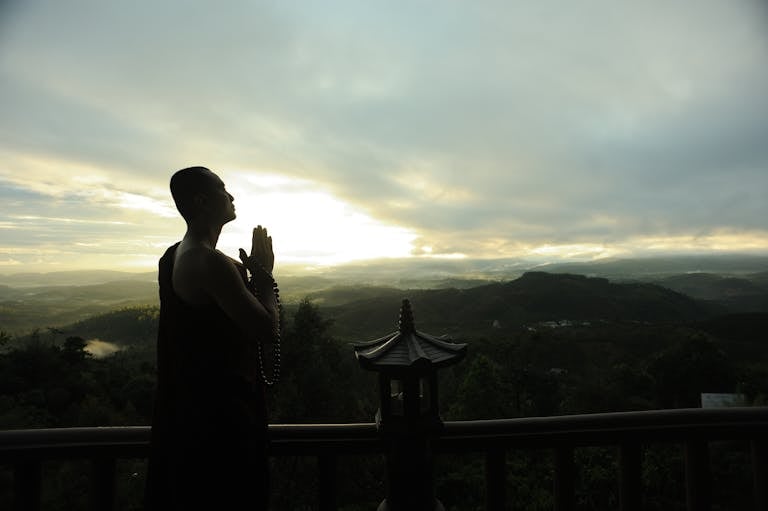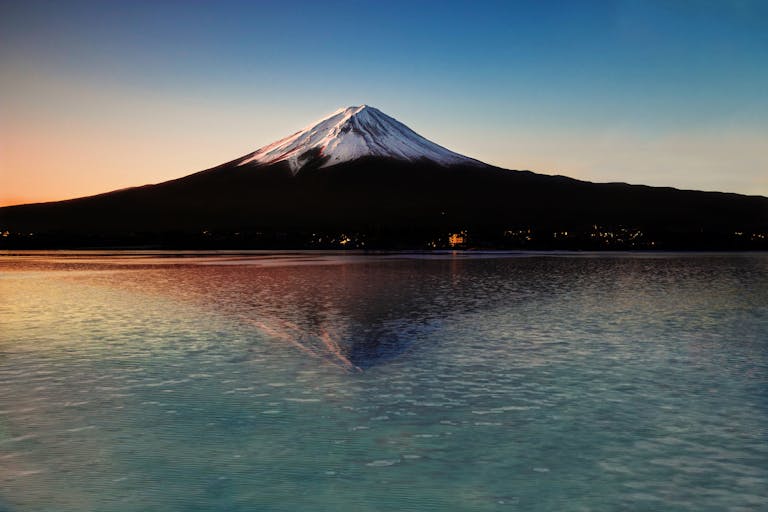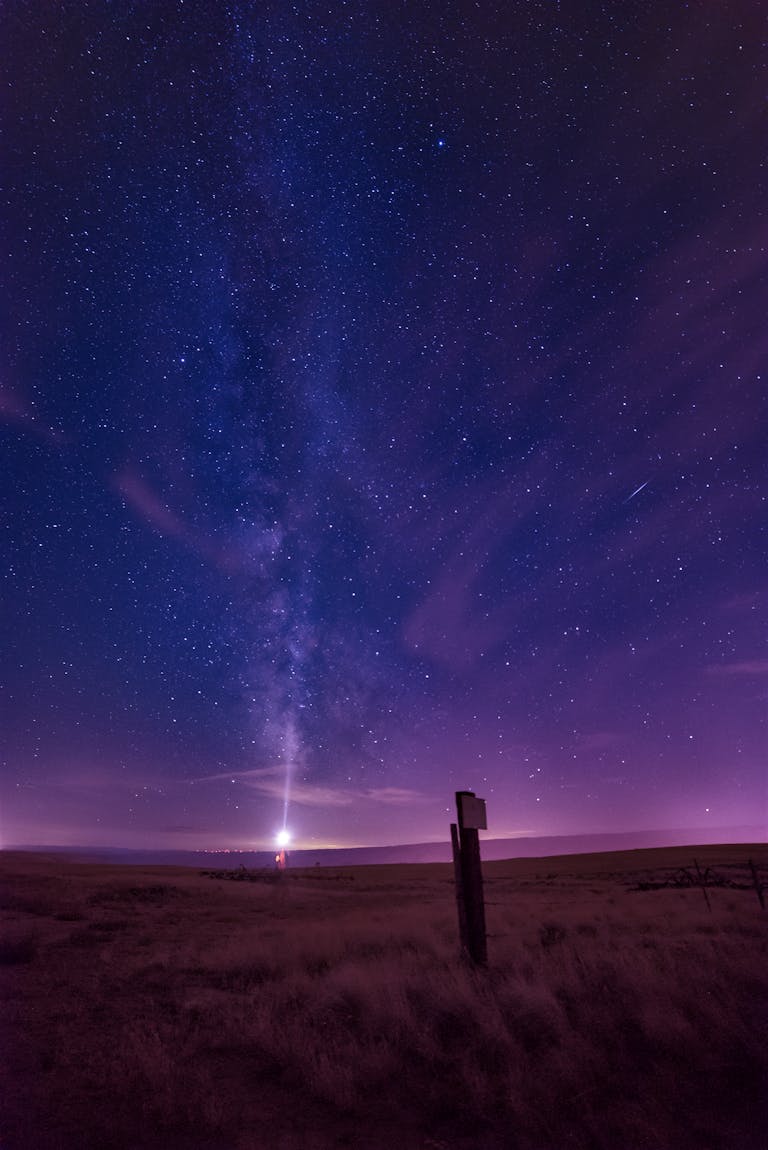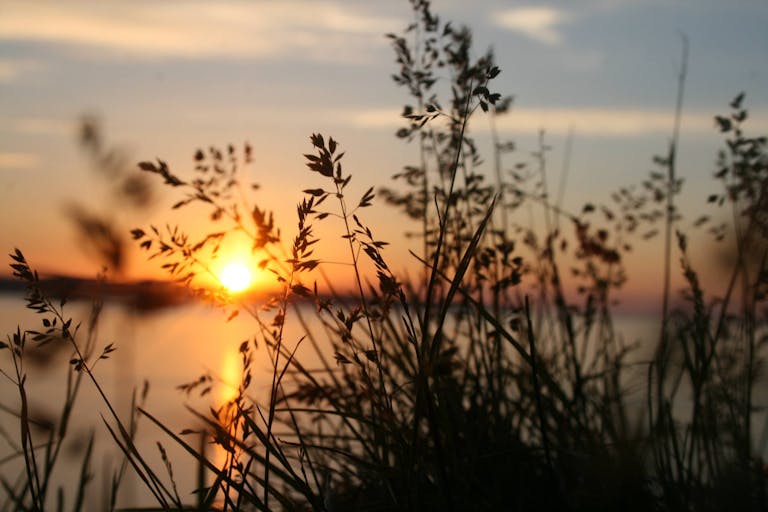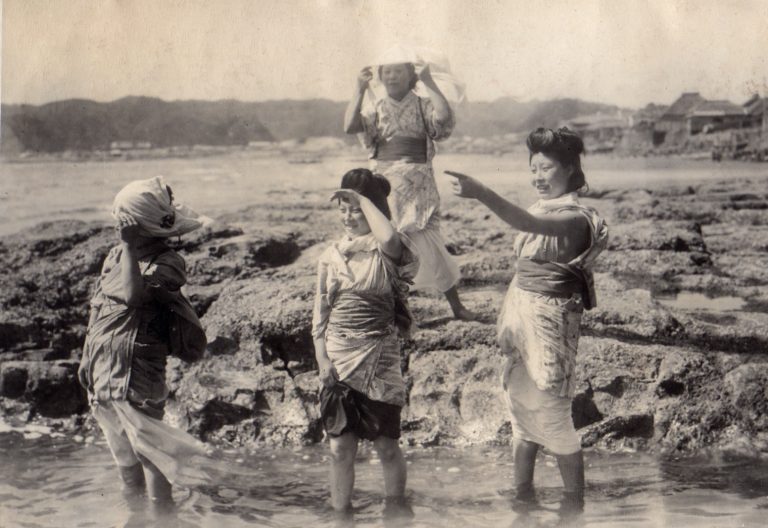Hemp Cultivation: Unveiling What GHQ Feared and Erased From Japan Part 5
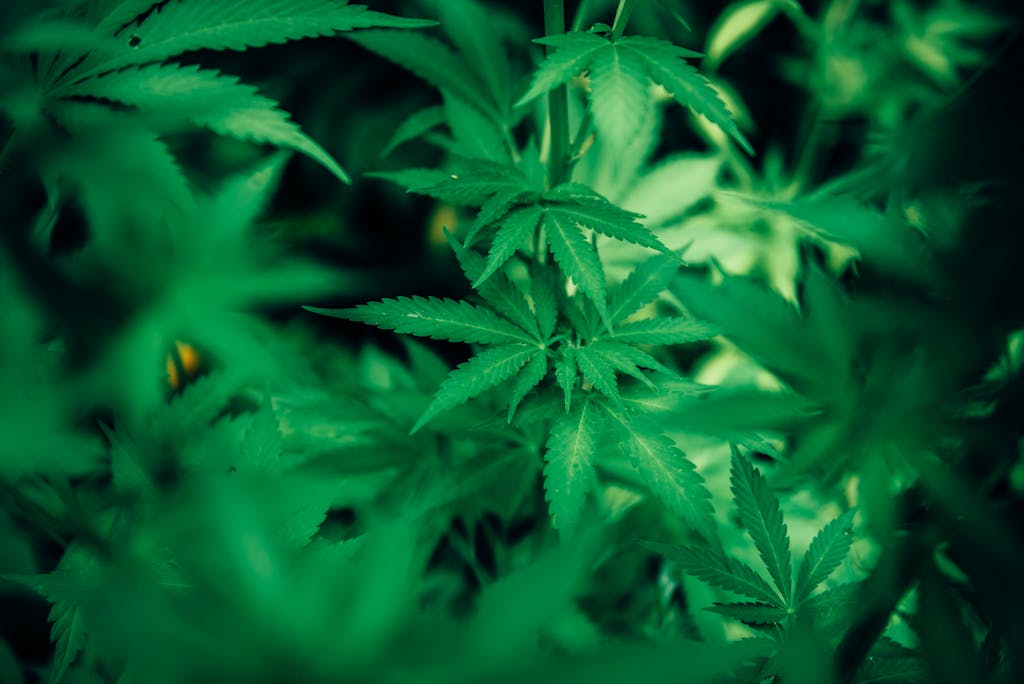
Introduction
In the last ramble of this GHQ series, I wrote about Japan’s life-giving spring water and how she faced danger during the postwar occupation by GHQ. In this post, we will move right on to the next significant element in Shinto offering—hemp (麻, read asa or aza). Gasp! Did you say cannabis!? Yes. In modern Japan, 80 year after World War II, cannabis or hemp (大麻) is so illegal and villainized that most modern Japanese people don’t even know that once it was a plant integral to every aspect of Japanese life from medicine to emperors’ clothes to building materials. In this ramble, I will explore the history of this wonderful plant friend and what GHQ did. Ready? Let’s get rambling.
Hemp Cultivation in Pre-War Japan
Up until 1948, Japanese farmers freely cultivated hemp, a plant deeply woven into the fabric of daily life and culture. Hemp was not just an agricultural product—it was an essential material for various aspects of Japanese tradition and craftsmanship. The emperor’s ceremonial garments, Shinto purification tools, the iconic braided ropes (shimenawa) seen at shrine entrances, thatched roofing, and even traditional medicine for respiratory ailments were all derived from hemp. Unlike in modern Western countries where cannabis is often associated with recreational use, in Japan, hemp was never cultivated for intoxication but instead served practical and spiritual purposes.
The Spiritual Role of Hemp in Shintoism
Hemp was an integral element in Shinto rituals. One significant practice was goma burning, a fire purification ceremony performed at shrines, where hemp stalks were used as fuel. It was believed that the burning of hemp helped cleanse negative energies, and some Shinto priests and maidens reported experiencing profound spiritual states during these ceremonies. The presence of hemp in sacred spaces underscores its importance in Japanese spirituality, symbolizing purity and divine connection.
Hemp’s Deep Roots in Japanese Geography
The significance of hemp is also reflected in Japan’s geography. The kanji for hemp, 麻 (read as asa or aza), appears in numerous place names throughout the country, indicating how widespread its cultivation once was. My own hometown, Azabu (麻布) in Tokyo, is one such example—historically, fields of hemp once thrived in the area. This deep-rooted connection between hemp and Japanese land is a testament to its once-universal presence.
GHQ’s Ban on Hemp Cultivation
After World War II, the General Headquarters (GHQ) of the American occupation implemented sweeping reforms to reshape Japan’s social and economic structures. One of these changes was the 1948 ban on hemp cultivation. This sudden prohibition disrupted centuries of tradition, cutting off Japanese people from a vital material that had supported both their daily lives and spiritual practices. Japan was not alone in this loss—America itself had imposed strict hemp bans since the 1930s, largely due to conflicts with the oil industry, but that is beyond the scope of this discussion.

Conclusion: A Lost Legacy
The GHQ’s restrictions on hemp cultivation effectively erased an essential part of Japanese culture. What was once an abundant, practical, and spiritual resource became a forgotten relic of the past. Today, most Japanese people remain unaware of hemp’s deep historical significance in their own country. By revisiting this lost knowledge, we can begin to understand how external influences shaped modern Japan—and perhaps reclaim some of the wisdom that was taken away. Today, the Cannabis Control Act in Japan is changing. Dedicated farmers underground have protected the heirloom hemp seeds over the last decades, and with permits now, businesses or individuals can grow hemp legally. It is a great industry, and honestly, it would be foolish for any innovative government to not cultivate hemp. It is an earth-restoring crop that can be made into countless essential living goods and is completely non-toxic. It was quite liberating to learn that my ancestors loved growing hemp and pre-war Japan’s earth was covered with hemp. I love that vision and I am hopeful I will see that in my life time. With this glorious vision of hemp fields in Japan, I conclude this post. Thank you for joining me on this ramble. It’s been a bit heavy with all the GHQ this and GHQ that, but I promise that realizing and pointing out these things taken away from us really catalyze restoration and healing in myself. Now I know another fragment to pick up and restore. The next rambling journey is a big deal—the original Japanese language. I will see you in the next journey together! かんぱい!Cheers!
P.S. Please feel free to leave a comment below or join my periodic newsletter to tune in the latest update, Japan’s hidden gems, travel tips, recipes and such!

